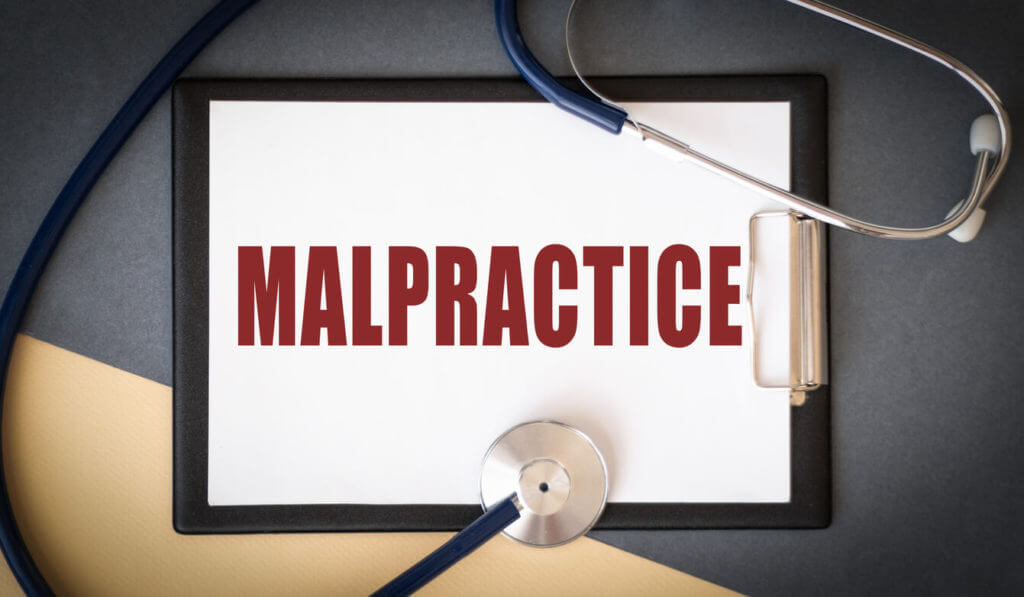
Deducting Malpractice Insurance Premiums as a Wage-Earning, Non-Owner Doctor
Employed doctors who have no ownership stake in the practice can deduct malpractice insurance premiums on their personal income tax if they meet certain conditions. The doctor must pay for coverage using personal funds and itemize the incurred expense on Schedule A of their 1040 form. According to IRS Publication 529, malpractice insurance premiums qualify as an unreimbursed employee expense, which the taxpayer can list as a “below the line” itemized deduction. However, unreimbursed employee expenses must exceed 2 percent of the taxpayer’s adjusted gross income to be eligible for deduction. For example, if the taxpayer’s malpractice insurance premium is $40,000 against an adjusted gross income of $200,000, the taxpayer is only eligible to deduct $36,000. Taxpayers subject to the alternative minimum tax may suffer further decrease or outright elimination of potential benefits, since these expenses are not deductible where the alternative minimum tax is concerned.
Overcoming Deduction Challenges as a W-2 Earner
The Schedule A minimal threshold floor and potential for alternative minimum taxation can make the impact of personal deductions negligible or nonexistent. Savvy employees can reduce both their deduction paperwork and potential income tax by distributing expenses to their employer. By negotiating for the employer to pay for expenses such as medical malpractice insurance and continuing medical education with a commensurate decrease in salary, the employee can enjoy benefits and decreased income tax, while the employer lowers their payroll tax obligation. This approach is often better for both sides than navigating the thorny path of direct personal income deductions.
Rules for Independent Contractors, Practice Owners and Partners
The regulations pertaining to expense deduction for partners (paid on a K-1 form), practice owners (corporate or individual), and independent contractors (paid on a 1099) are a bit more straightforward. The IRS states that for an expense to be deductible, it must be “ordinary and necessary.” Since purchasing malpractice insurance is indeed the norm for individuals and business entities in the medical field, the IRS allows for hassle-free deductions against taxable income. This “above the line” deduction is listed on Schedule C, so unlike its Schedule A cousin, it doesn’t depend on exceeding an adjusted gross income threshold of 2 percent. Additionally, since an “above the line” deduction reduces adjusted gross income instead of just taxable income, a Schedule C deduction can lead to cascading tax benefits greater than its nominal amount, leading to a welcome reduction on net taxable income.
Insuring Employees of a Parent Corporation as an Insurance Company Subsidiary
Corporations that meet certain prerequisites can make federal income tax deductions on medical malpractice insurance purchased from a subsidiary. Most importantly, the transaction must constitute an insurance premium as defined by the Supreme Court. For a financial contract to meet the criteria of insurance, it must entail both shifting risk and distribution of risk. Risk shifting refers to the transfer of financial obligation from one entity to another, while risk distribution uses statistics and the law of large numbers to create a hedged portfolio that isn’t torn asunder by a single claim. Therefore, for a subsidiary company to legally insure its parent corporation, the parent corporation should ideally consist of multiple practices to allow for smooth risk distribution. Additionally, the two entities must conduct business on an arm’s length basis and follow all appropriate actuarial and capitalization procedures. And finally, all payments for malpractice and tail insurance premiums must be for current year coverage.
Proper knowledge and strategy can ease the stresses of tax season. It’s vital for W-2 income earning physicians to keep up communication with employers and up-to-date income forecasting to best lower their tax obligations. Spending a little time on a spreadsheet can determine whether your income stays put or is destined for the coffers of the IRS.



